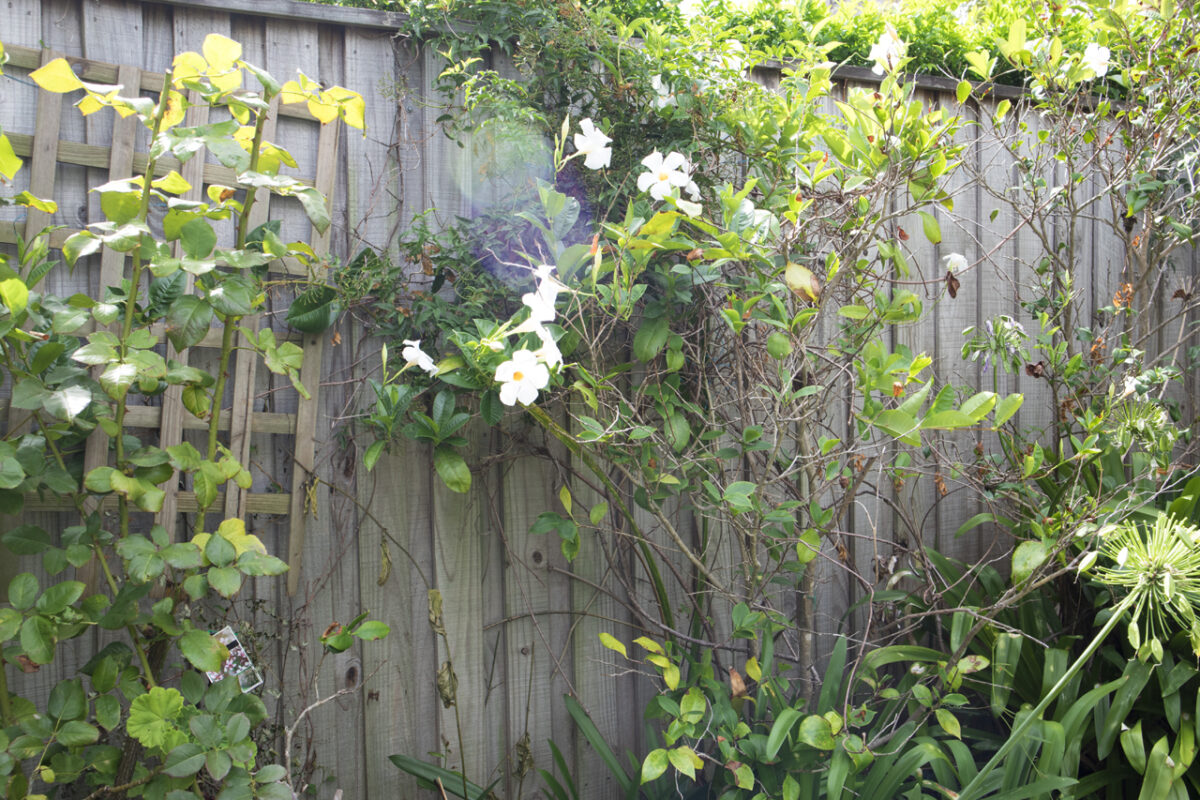
There were other gardeners in my family. We had a large property in Herston, Brisbane, and my uncle Ted, who was a horticulturalist, came to live with us. He grew roses, carnations and gerberas for sale in the markets in Brisbane.
Later in life I moved to Jakarta and our house had the most unbelievable rambutan tree with a fishpond under it. Unlike most ex-pats I went to Jakarta unmarried, so I lived in a small cottage. It was little but it was built on extensive grounds and there was a gardener who came with the house. It can be very hot in Jakarta, but we had a veranda on the side of the house where we had breakfast every morning under the rambutan tree. I was there for 12 months, then I came back to Australia and married.
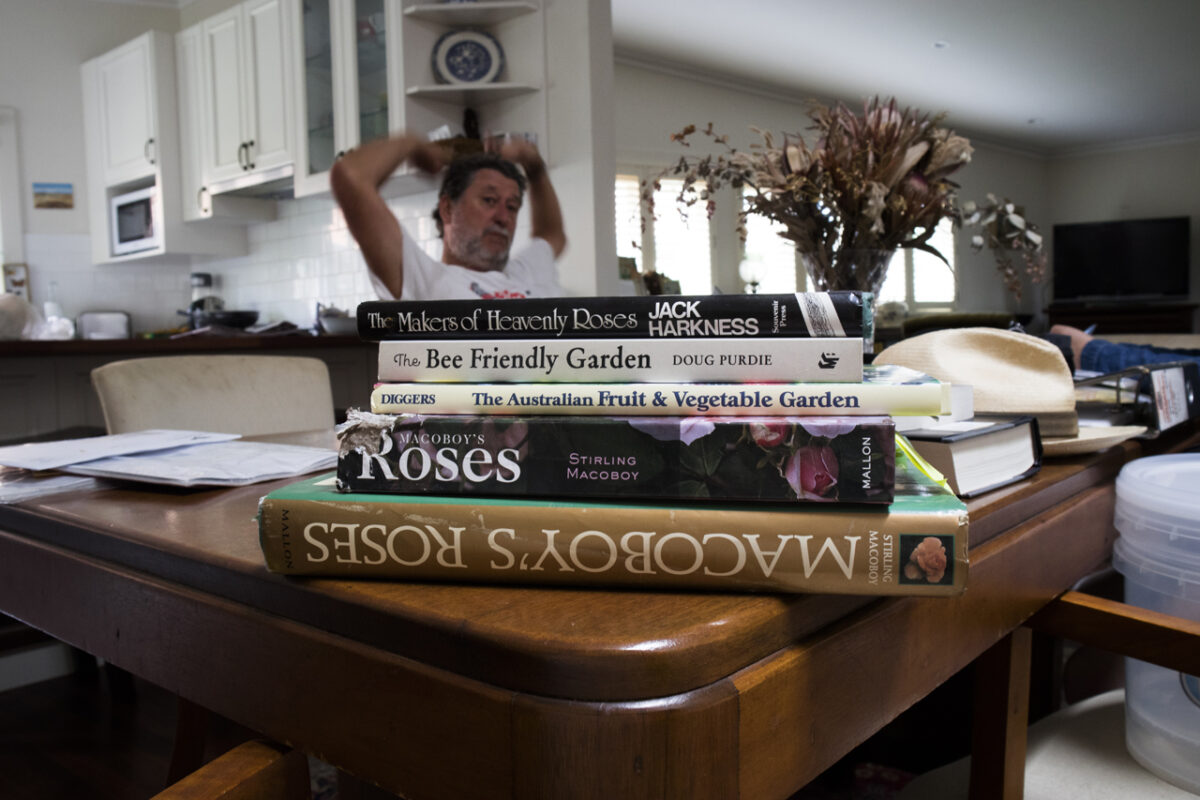
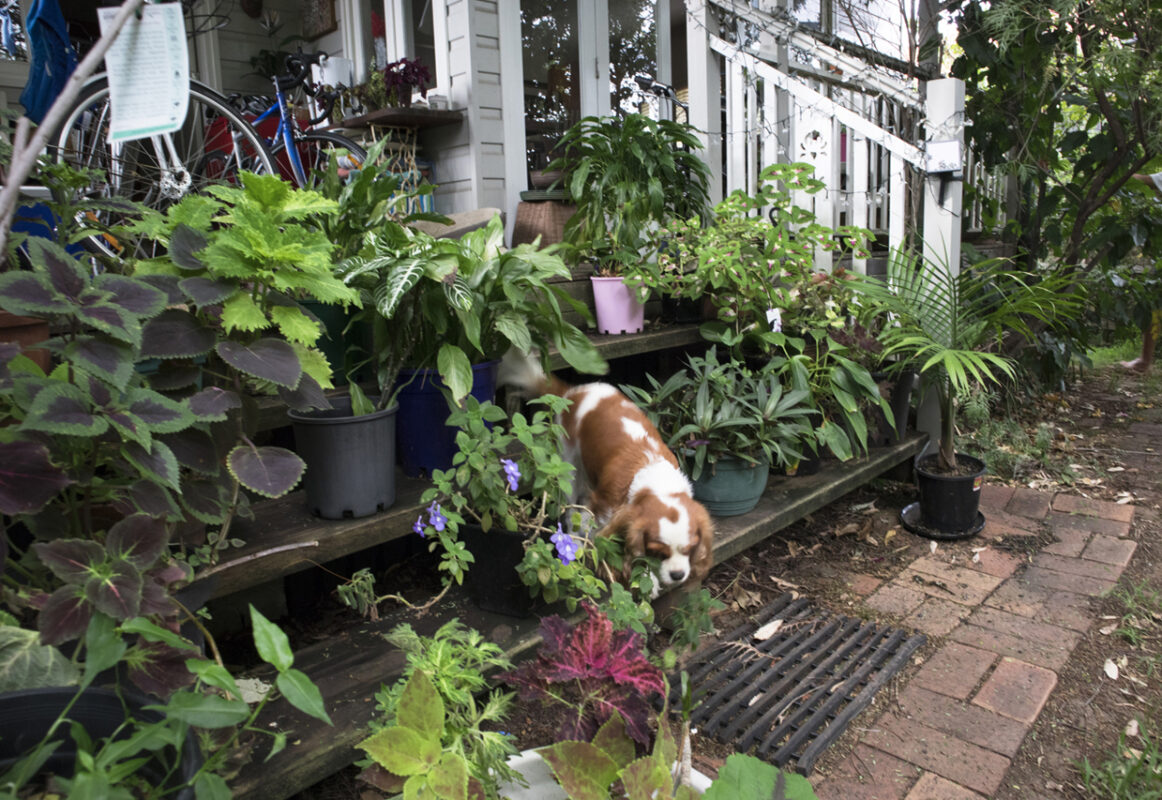
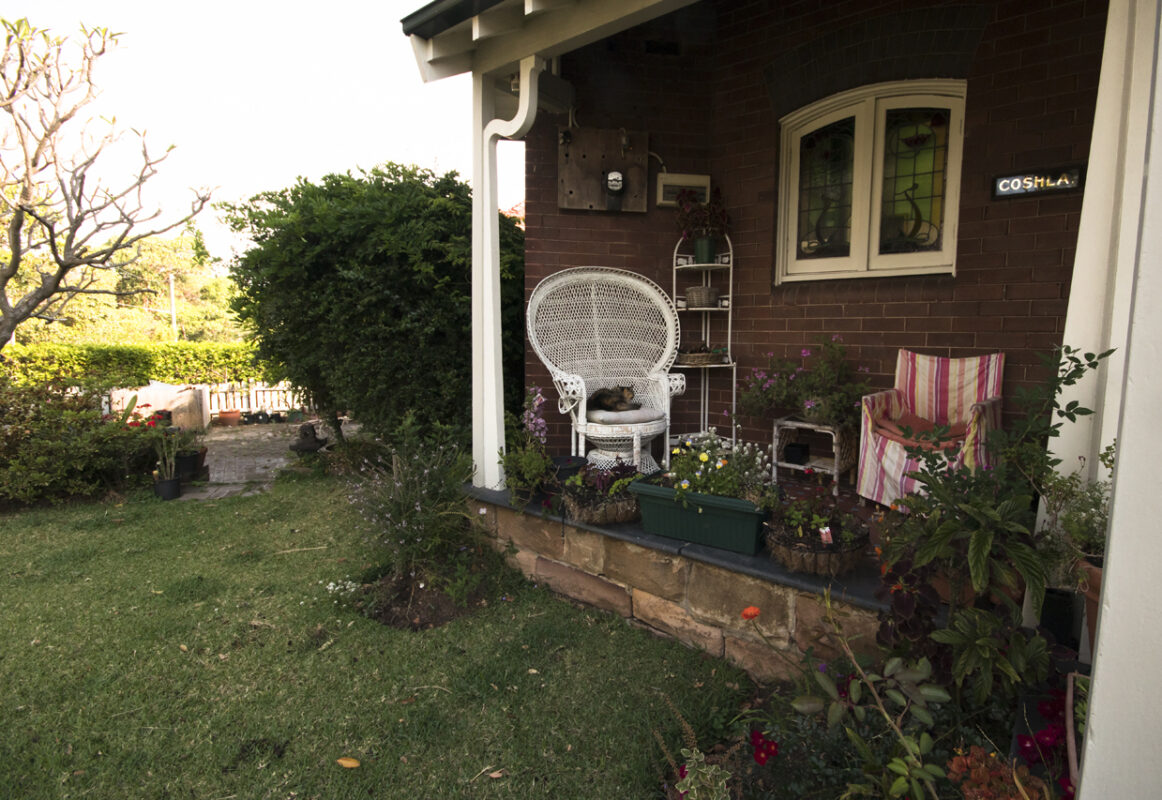
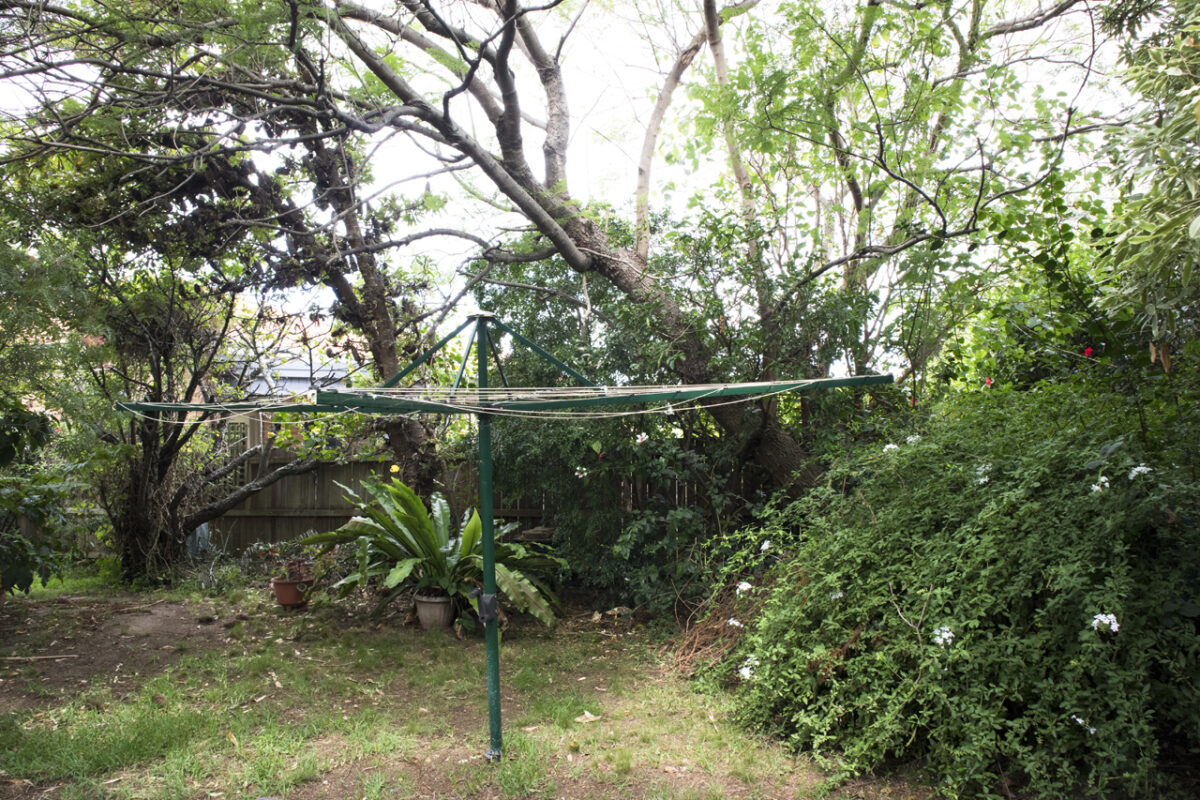
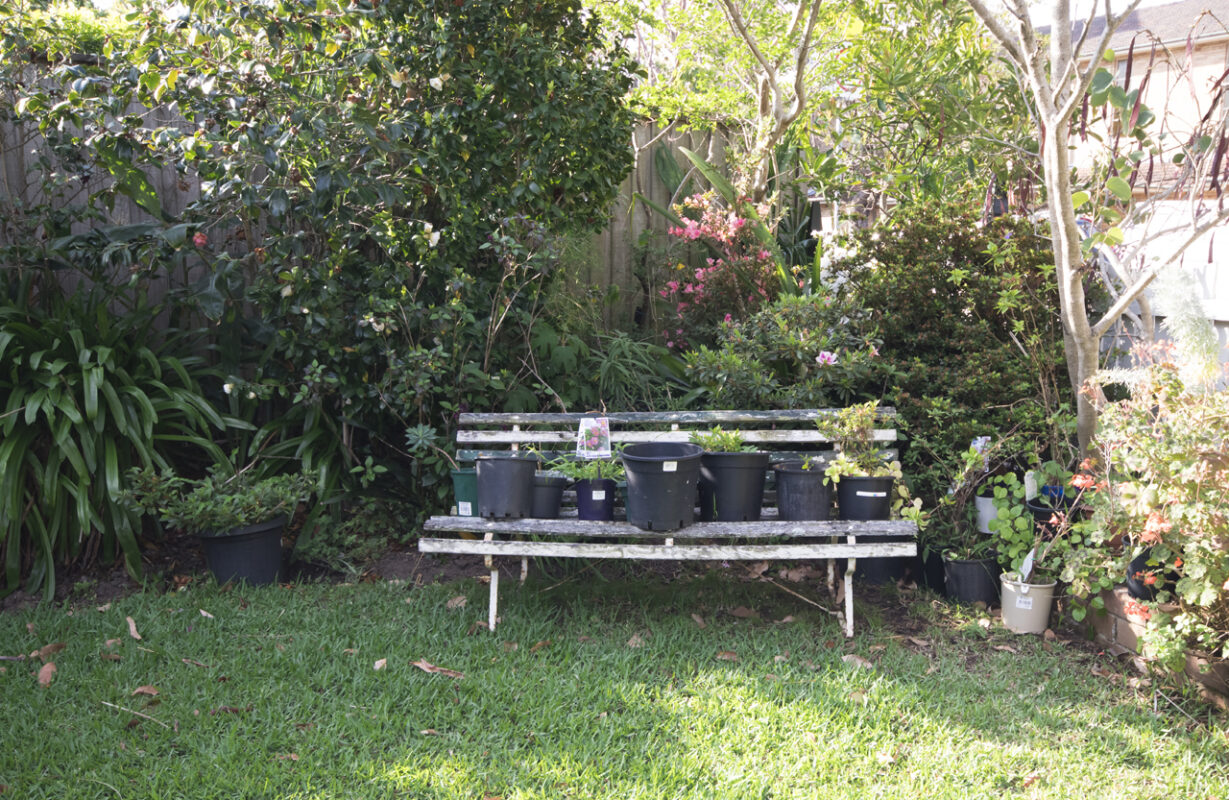
If you look at my garden now, there are pots everywhere that I move, trying to find the best place for them.
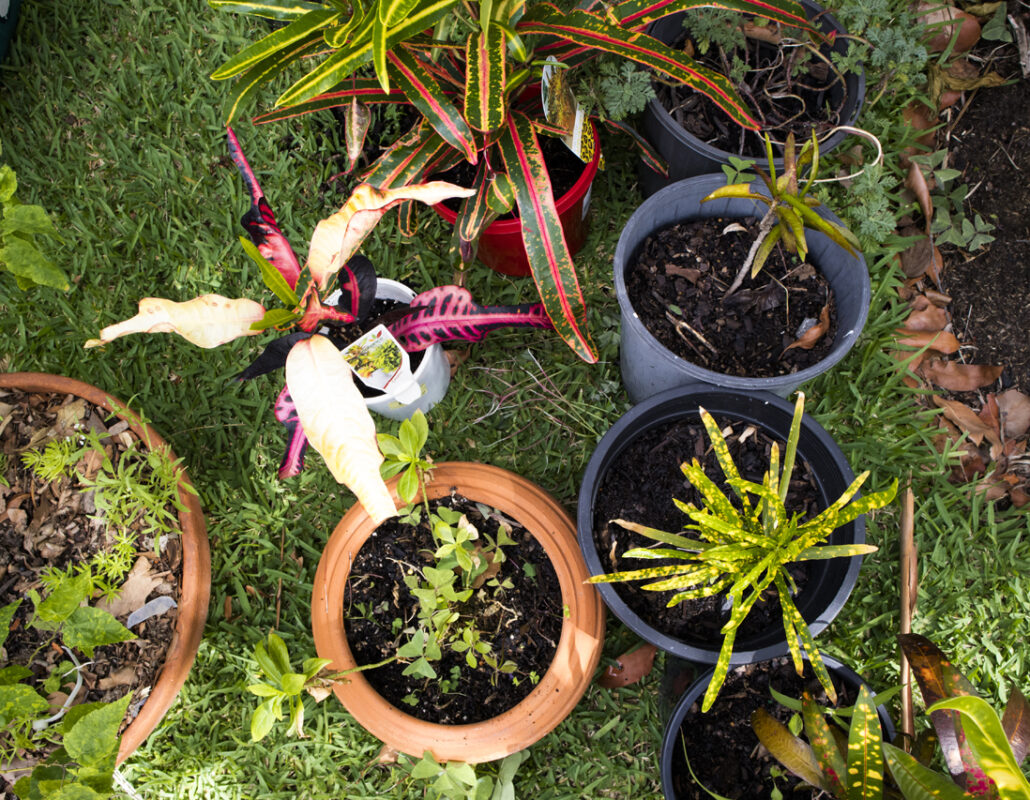
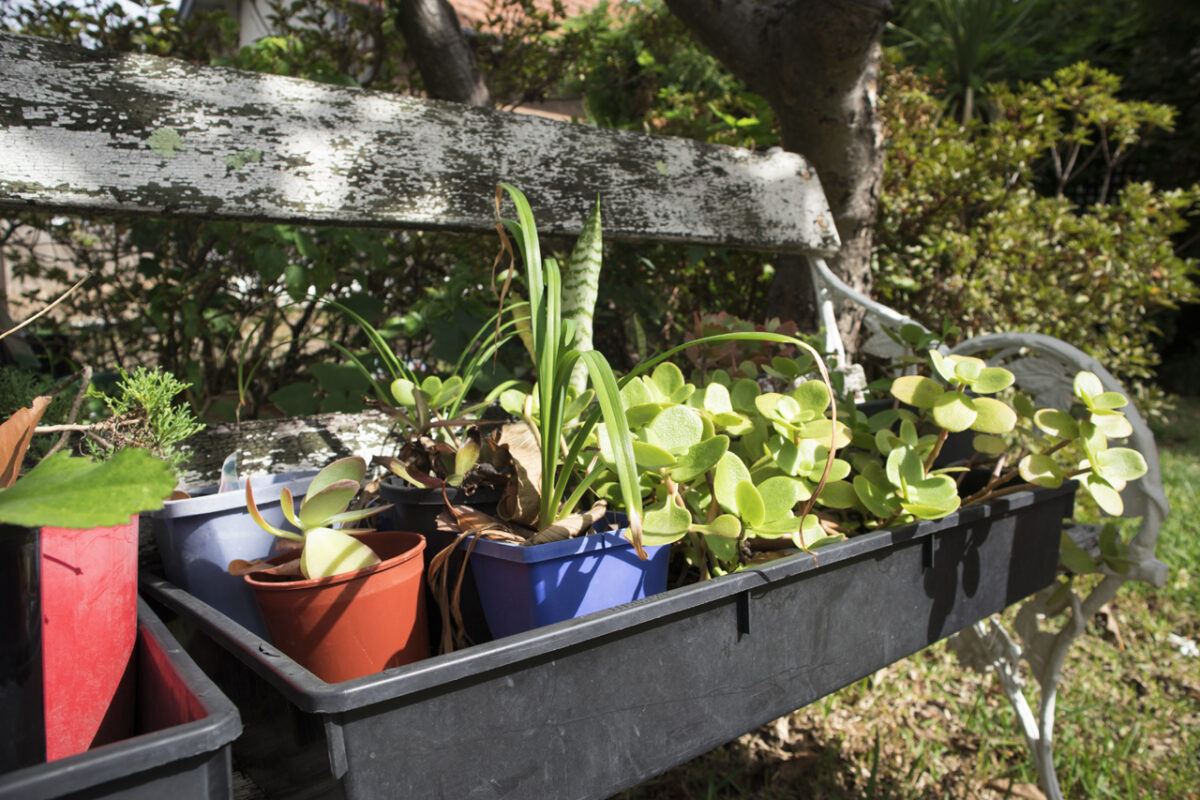
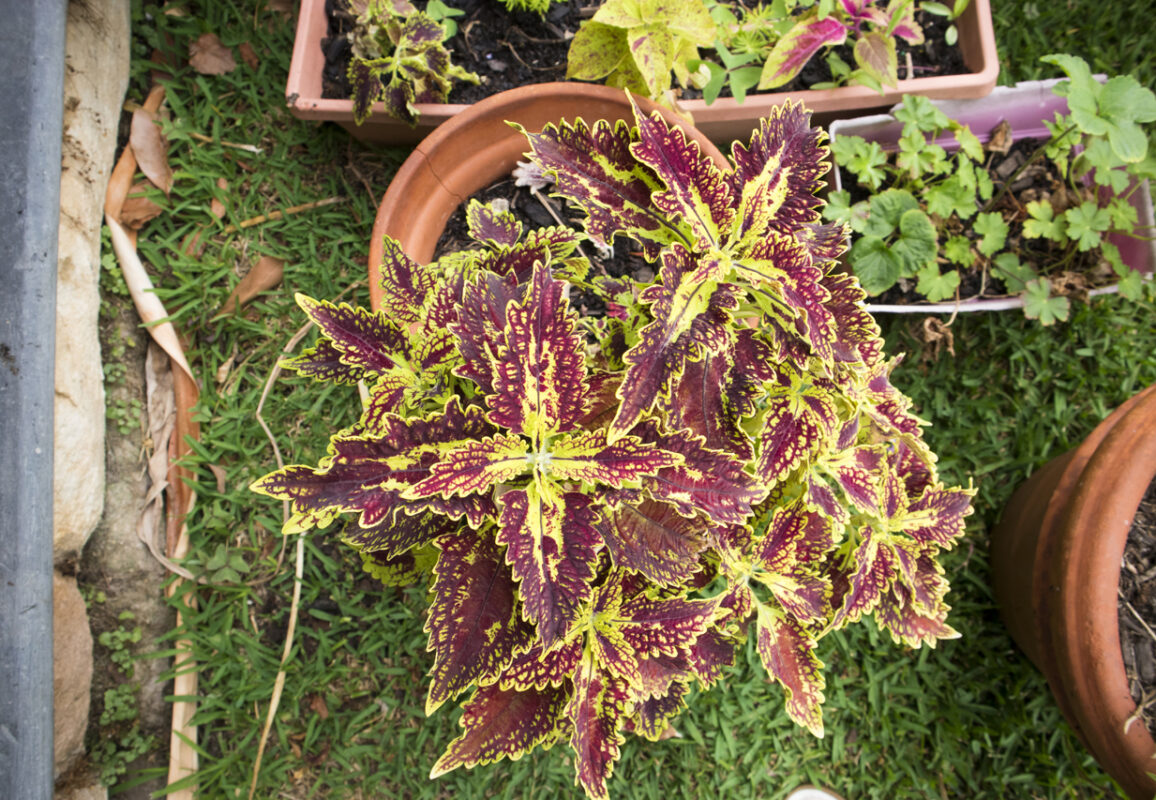
At present my gardening interests are coleuses and salvias. If I visit someone’s garden I look at their roses, but I am not buying any more for this garden, except if I can find some more Bennett roses. I have been buying a few blue roses in the last five or six years, and I have a blue and a mauve one. We are also slowly building up a vegetable garden, but it is not as yet really well established.
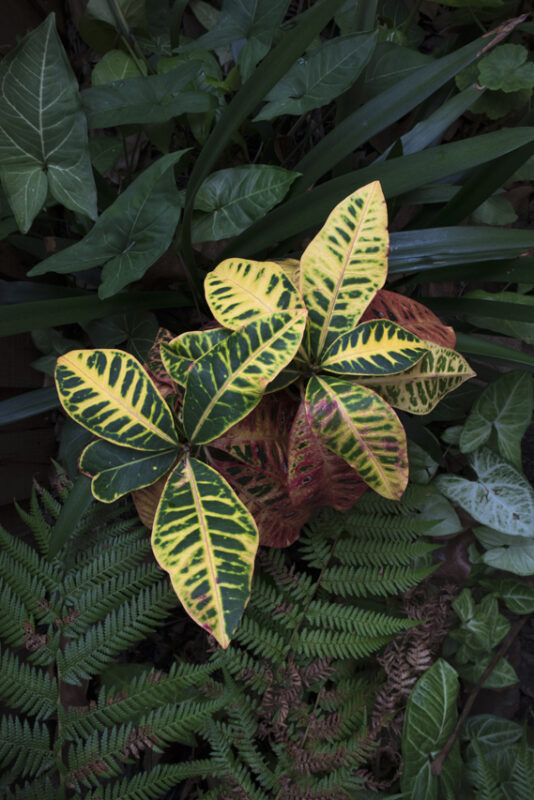
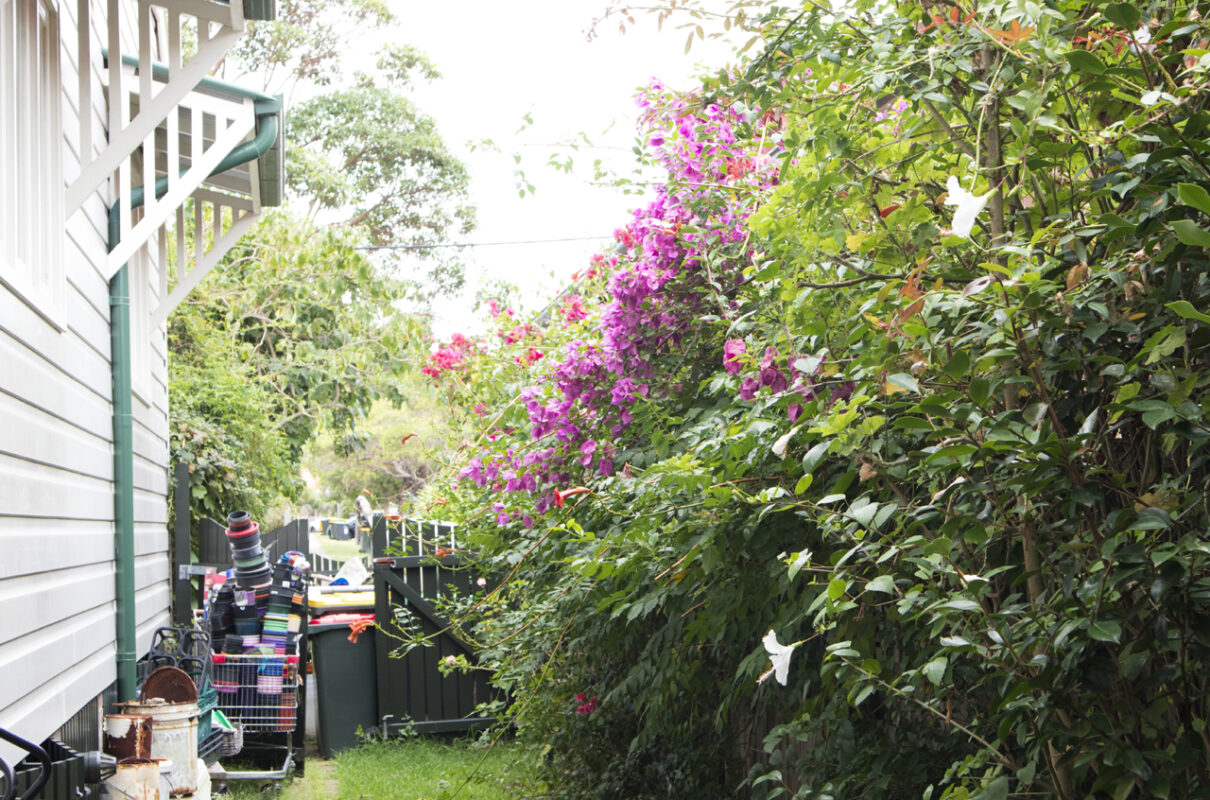
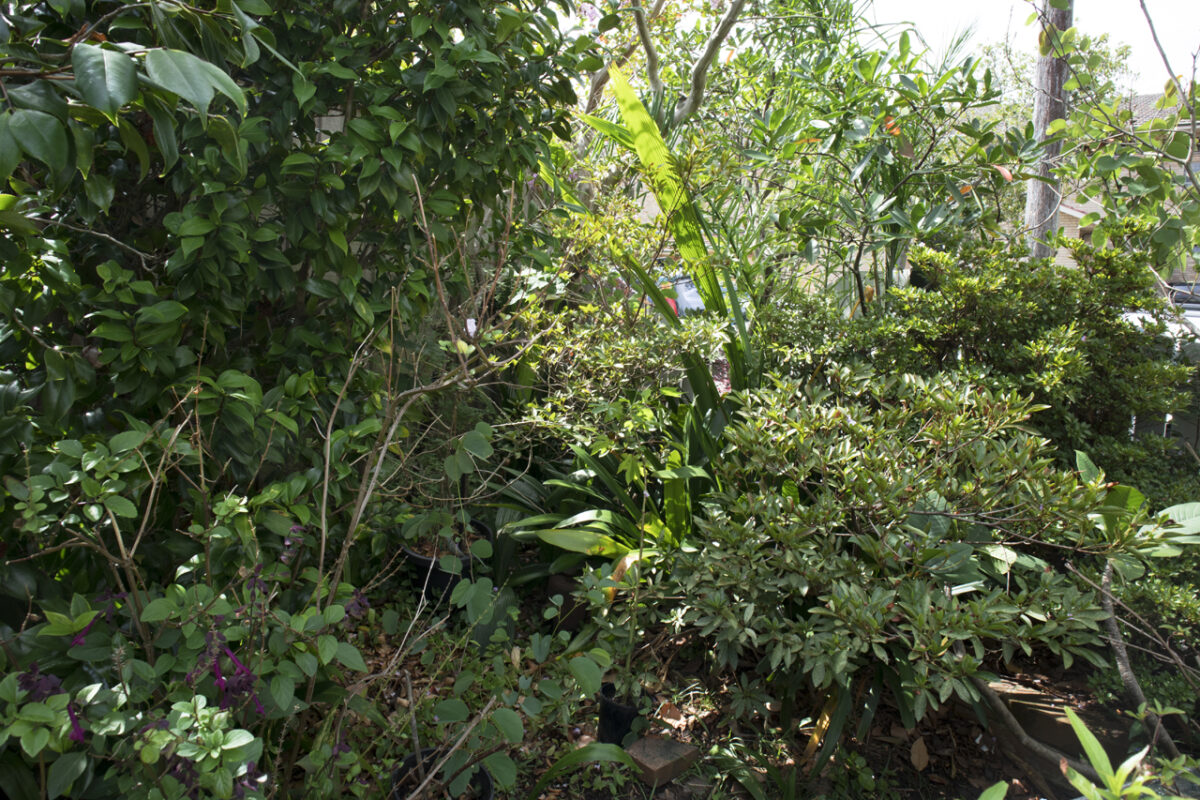
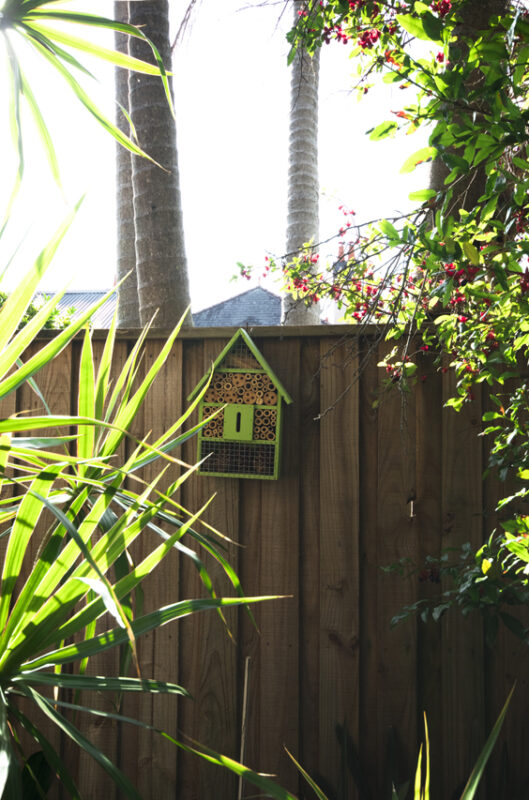
We also think about other inhabitants of the garden, so we planted grevilleas to attract birds and bees. Parrots love the two palm trees at the front, my cabbage palm and my Washingtonia. Those trees are precious and they are older than the house, so you can see them from miles away. The parrots get up there and knock the bark off and have a good time. I have changed my garden over time to support other creatures. At one stage we even talked about getting beehives. Then I sat down to think about how much it involves, so I just feed them flowers and they live somewhere else. But I have a little bee hotel as you walk through the gate, to attract native bees.

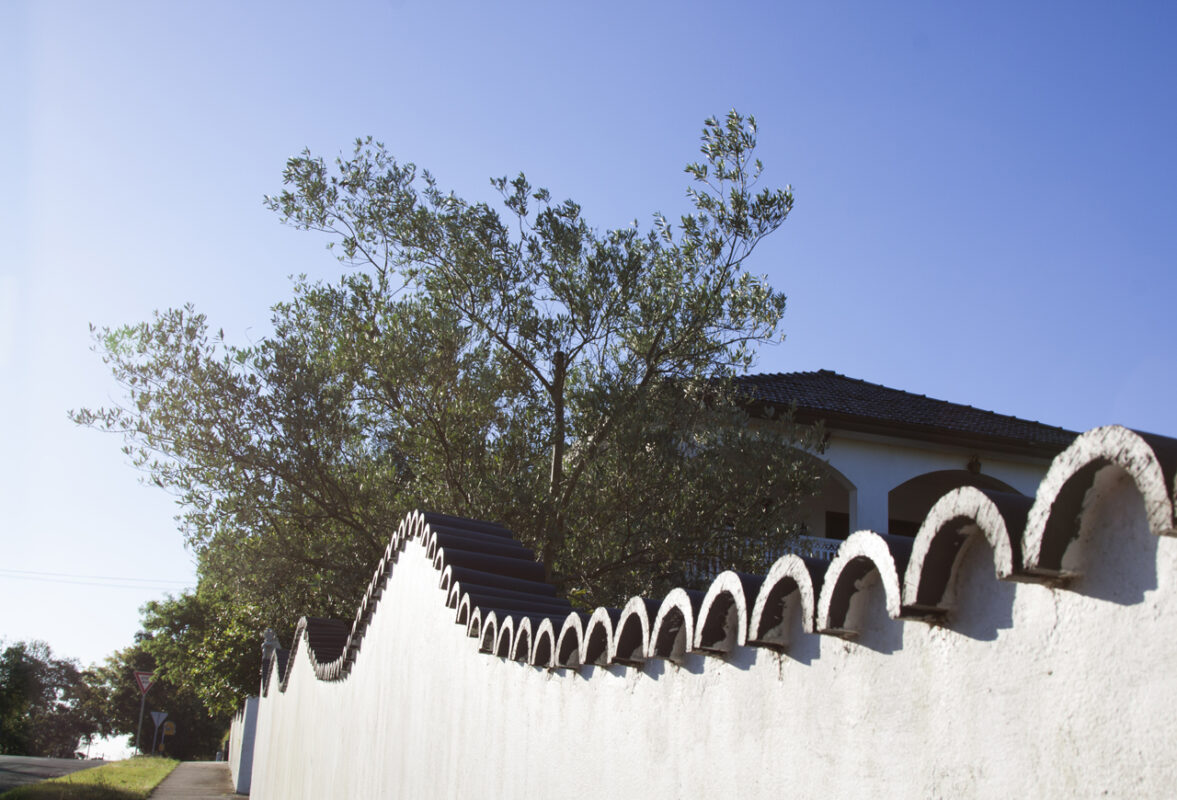
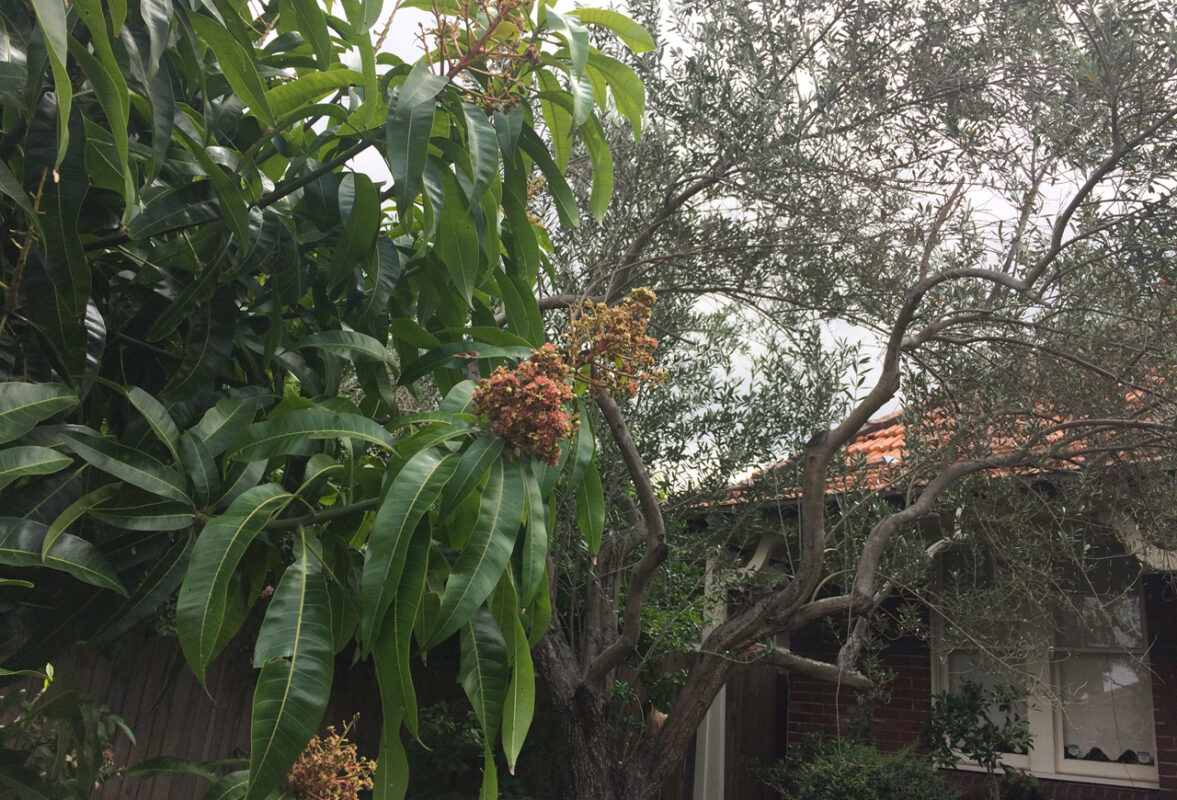
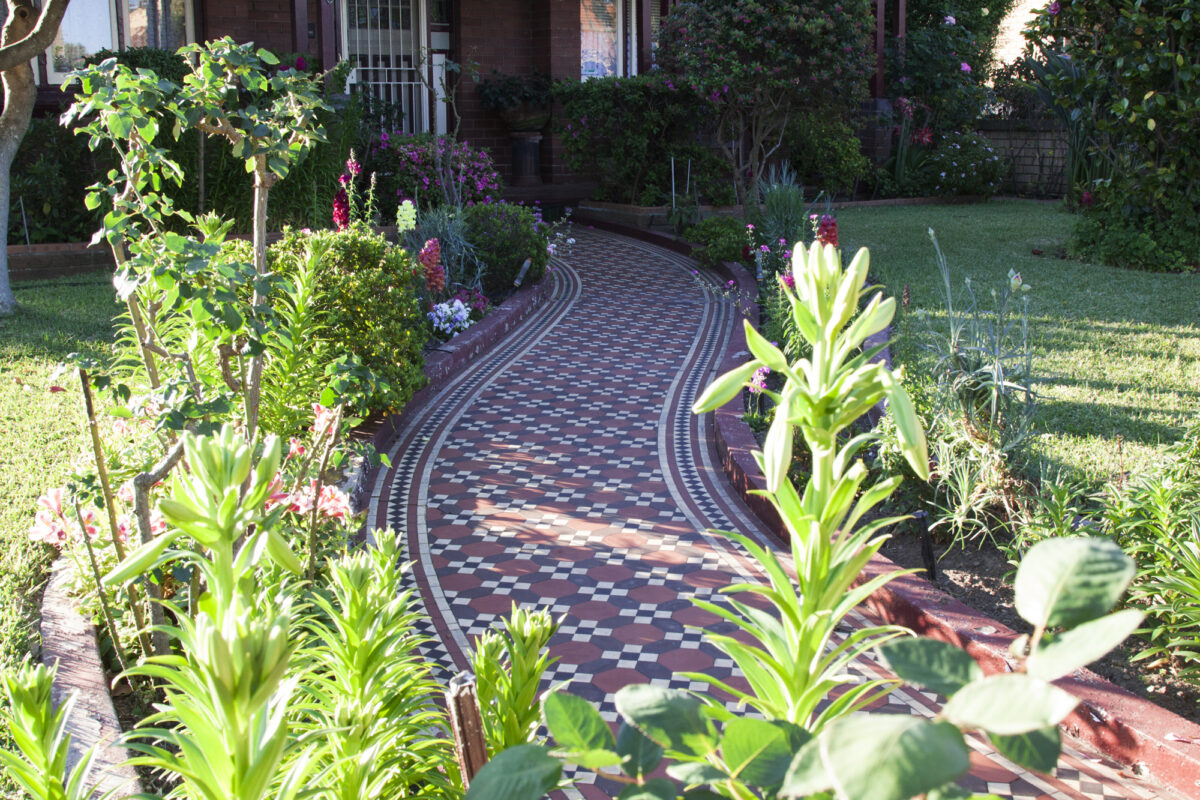
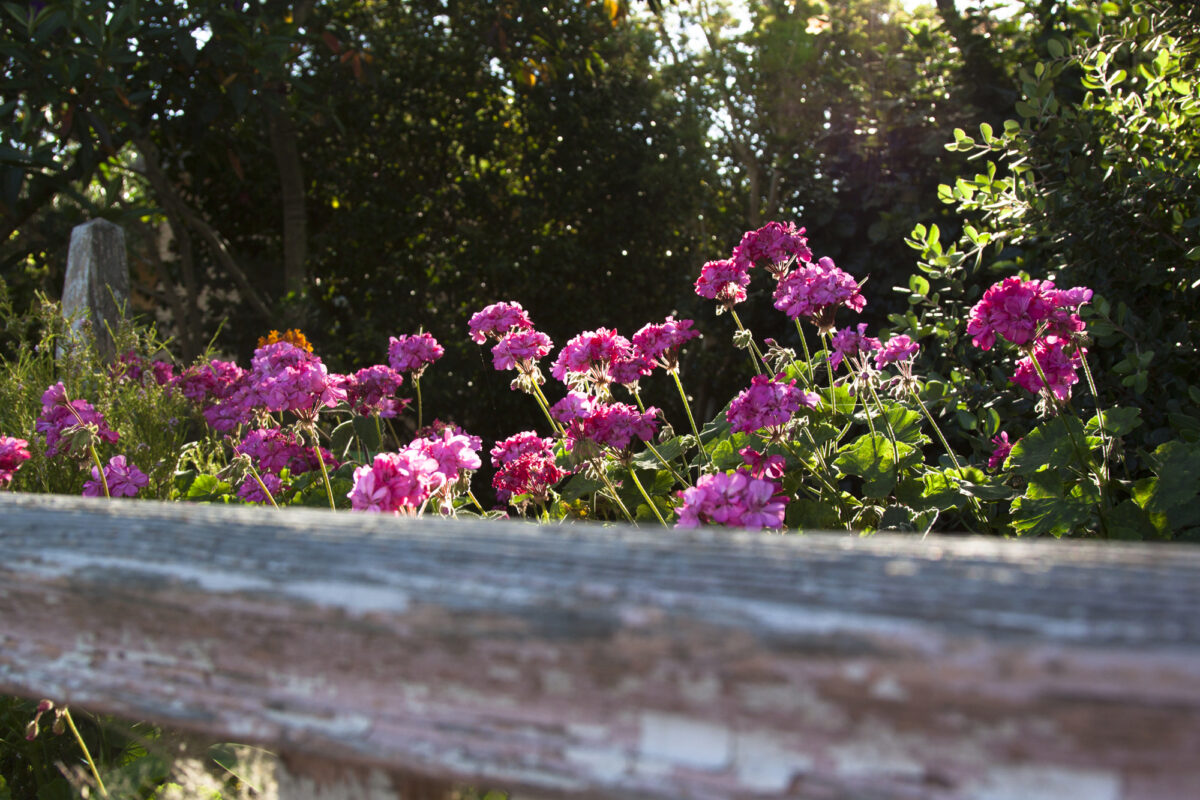
Gardens are crucial to Haberfield identity. I am just concerned for the future. The value of properties have doubled and tripled in price in the last 20-30 years. When money comes into a place it becomes difficult to tell people what to do. But I think there is a role for the Haberfield Association to give information about our history, why this is a garden suburb and what is the importance of a garden suburb. We are the best living example of the Stanton ideal of garden suburb, which was also an ideal in England and in North America in the same era. We have now established that we are probably the world’s oldest garden suburb.
It is very hard not to be a greenie if you are a gardener. We are a fairly politically active community in many ways, because our heritage is at the heart of all this and heritage starts from the Federation year. It has become very difficult to be included in the heritage list. Things we are afraid of is that we, as a group, have been fighting for a log time, but now we are getting to the stage when we are moving away, and other people are moving in and they do not understand the history at all.
This is why we want the whole suburb heritage listed, and if that does not happen we have to find some other ways through the planning rules. We want to fight. We are having some issues with the State Government: they don’t mind heritage listing one individual building, but they are not too interested in heritage listing a whole suburb. We made the example of Braidwood down near Canberra, which is a conservation area, and the Liberal Party just thinks ‘that was a disaster’, but everyone else thinks it is great that it is heritage listed. So, it depends on which political side of the fence you are on. The people in government do not have the depth of knowledge needed, particularly when that party is run and funded by developers. We have to rewrite the plan for the city because this government has a plan written for their interest. With WestConnex, to make a recent example, it was sad to see those houses being destroyed. We tried to speak with the Minister, but we only got to his chief of staff, and this is because we are not part the people he serves. He serves the developers and the road builders, and this is their idea of progress. Our idea of progress is different
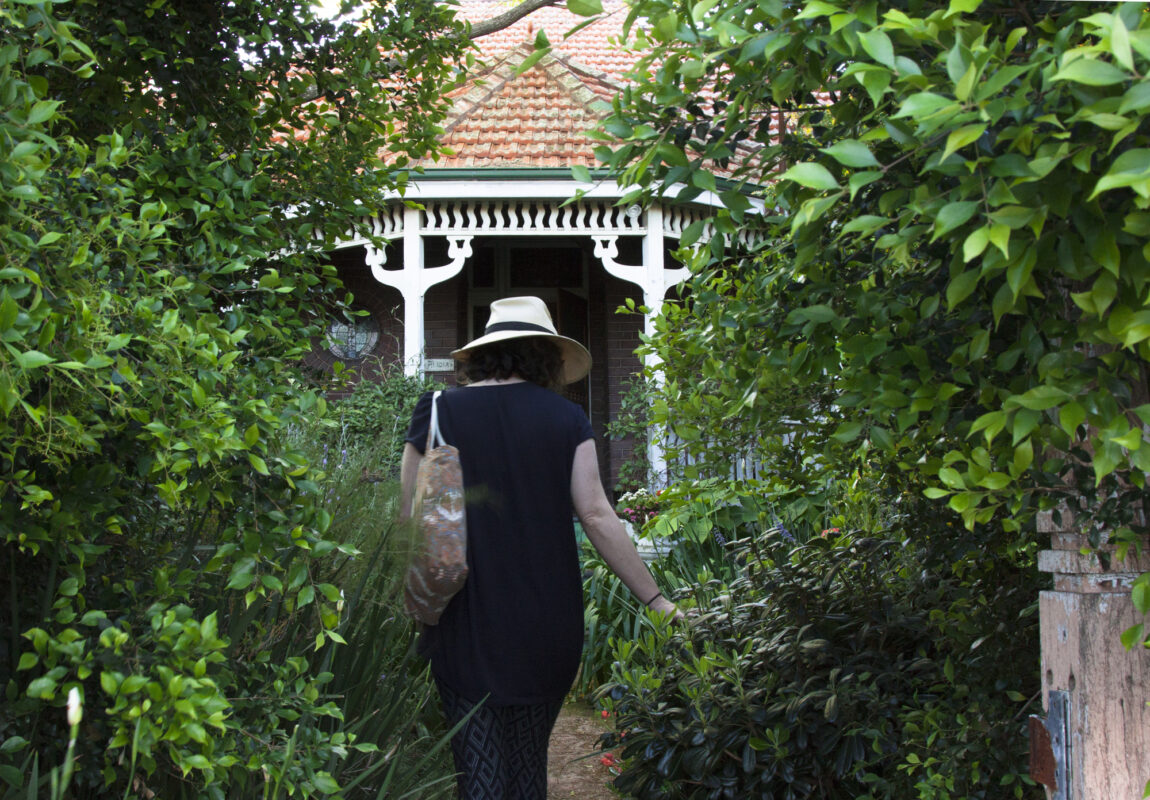

0 Comments